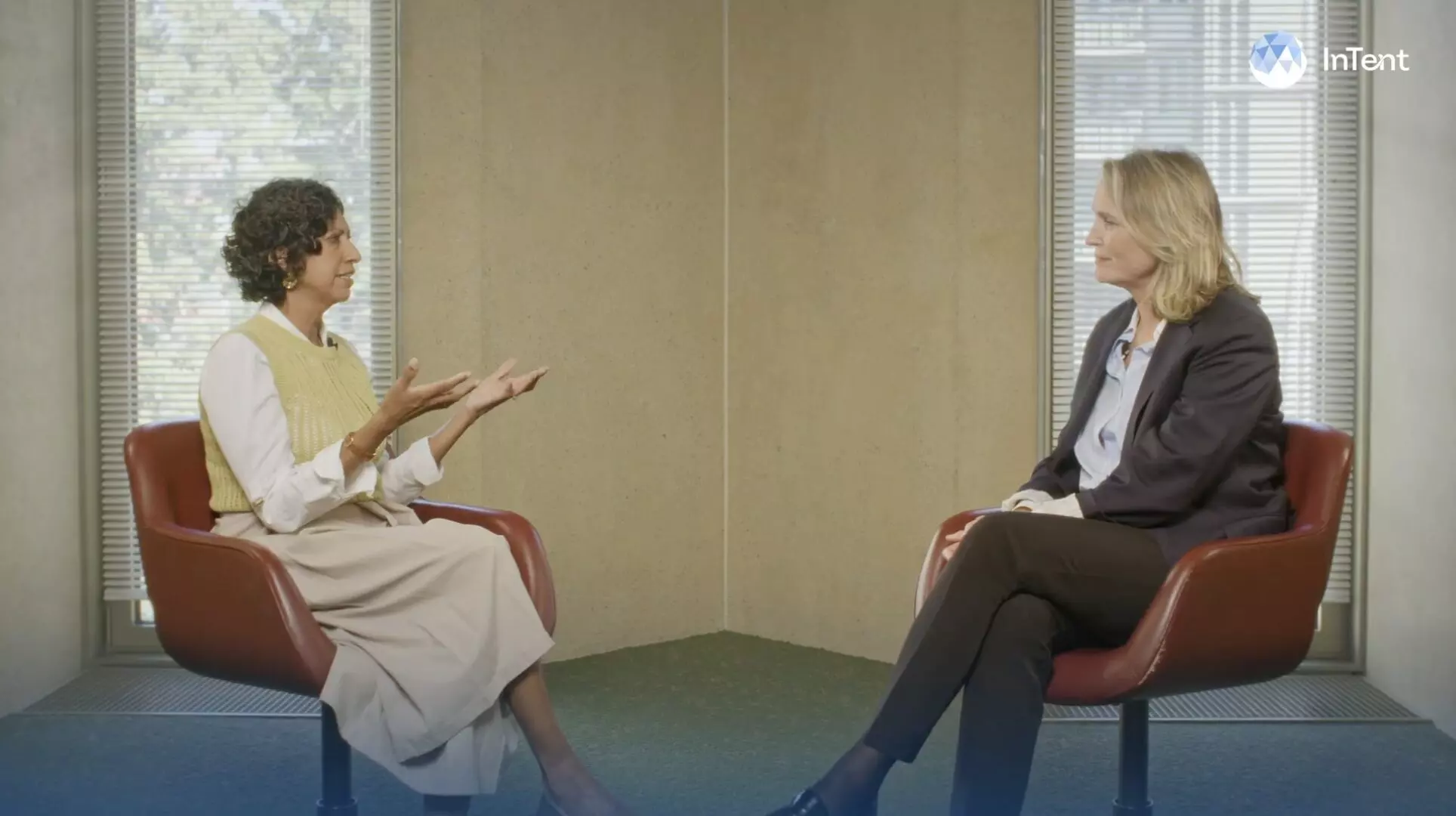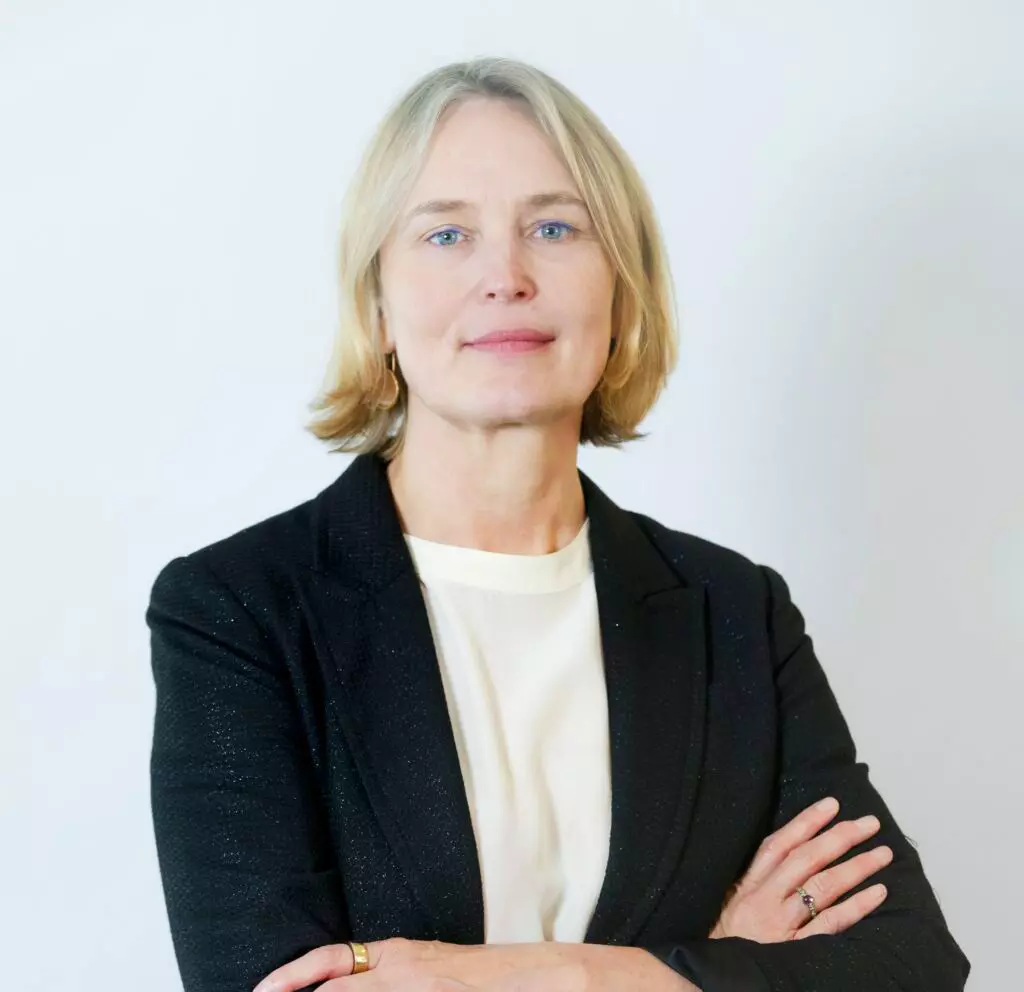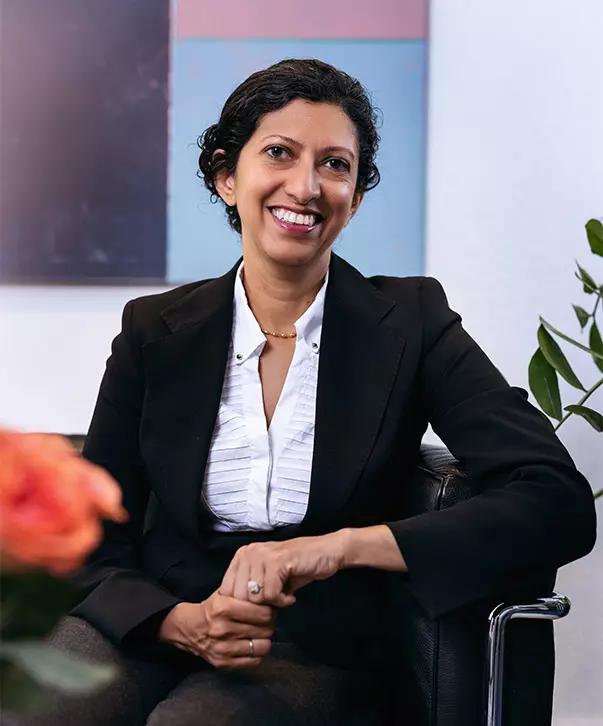
Is money the most impactful asset of wealth owners? Not only, says a new multicapital playbook for private wealth.
Katell Le Goulven interviews CSP’s Kripa Sethuraman on turning personal assets—skills, networks and reputation—into real-world impact.
What if the most powerful levers for sustainable finance aren’t only in portfolios, but also in the people who own them? The Center for Sustainable Finance and Private Wealth (CSP) has released an Investor Guide on Multicapital Strategies, arguing that wealthy individuals can achieve outsized impact by deploying four forms of capital—economic, cultural (skills/knowledge), social (networks) and symbolic (reputation)—in concert rather than relying on money alone.
Europe Middle East & Africa Managing Director Kripa Sethuraman explains the framework, the 27 case studies behind it, and how to turn a personal inventory into a practical roadmap.
Key highlights
Katell le Goulven: You’ve just launched the Investor Guide on Multicapital Strategies. Can you unwrap what it is, and who it’s for?
Kripa Sethuraman: CSP is a private foundation focused on supporting wealth holders move their capital into impact. Over the last decade, we realised there’s more than one form of capital at play. Most people think first of economic capital. But in our work it became very clear that wealth holders also bring other forms of capital to their impact journey. This past year we analysed that idea, built case studies, identified good practice and, most importantly, put frameworks and tools around “multicapital strategies” so others can pick them up and use them in their own lives.
KLG: Beyond economic capital, what are the others in your framework?
KS: We use four buckets. Economic capital, of course. Cultural capital, which we define as knowledge and skills you gain through education and experience. Social capital, your relationships and the leverage those give you. And Symbolic capital, your reputation as an individual or family; that can be powerful if you’re trying to move a cause forward, say on climate. Your mix is personal and it changes over time as your skills and networks evolve.
Money is one lever. Skills, networks and reputation are the multipliers.
KLG: There are other “capital” frameworks out there. One linked to the InTent ecosystem is the Capitals Coalition. Where are the similarities and differences?
KS: They’re similar terms in different contexts. From what I know, Capitals Coalition looks at capital as resources—natural, social, human and produced/financial—and does so at the organisational level. We’re focused on the individual: your skills, your relationships, your reputation, alongside your money.
KLG: Where does this sit in the bigger sustainable-finance picture?
KS: Our theory of change is that private wealth is a powerful lever alongside public finance and corporate action. A decade ago, few saw the individual wealth holder as central to systems change; today the opportunity is to mobilise the full capital stack so markets, policy and social norms move together. (For context, CSP’s broader work also includes guidance on systemic investing.)
KLG: Leveraging a family name or network isn’t new. Why a guide?
KS: A lot of this seems intuitive, but it’s not always conscious. Intuition doesn’t always become action. Just as you consolidate financial holdings, you need a conscious inventory of your other capitals. Without it, you underuse strengths and miss gaps you could fill.
KLG: What metrics and steps does the guide actually propose?
KS: It’s less a metric than a process. First, we lay out tangible examples of each capital—everyday language, not jargon. Then the deployment framework:
• Step one is the inventory—what you have, what you don’t, and where you might want to strengthen.
• Next, we use an ikigai-based tool to clarify what you value and where you can contribute.
• Then we take a systems view of the issue. For instance, rather than just “EVs vs petrol cars”, we look at mobility—traffic, public transport, incentives—so you can find leverage points.
• From there, you build a roadmap: activities, collaborators, timelines.
• And you put in a feedback loop, review outcomes, refine, and keep deploying your four capitals.
KLG: Can you share a concrete case to illustrate this roadmap?
KS: We didn’t run a formal pilot, but we documented what we’ve seen over the years. The guide includes 27 case studies showing how individuals combine capitals, and how that evolves over time. One is a tech entrepreneur who exited a business and took cultural capital—leadership and operating skills—into a foundation to run it with real discipline, while using relational and symbolic capital to crowd in partners. The multiplier came from combining all four, not just writing cheques.
KLG: How is this not “just philanthropy”?
KS: It can include philanthropy, but it’s broader. Think about seeding a climate fund with economic capital; using your network to bring co-investors; lending your name to set norms; and applying governance skills to make it work. That’s impact—with or without concessional returns.
KLG: What happens next?
KS: The guide is available online. We’re hosting a launch session on October 30th in Zurich and then smaller sessions worldwide. For those who want to go deeper, CSP is running a three-day program—Designing Multicapital Strategies for Impact—on 3–5 November 2025 at MIT (Boston). It’s very hands-on: you map your capitals, clarify purpose, and build your roadmap.
KLG: A final call to action to a wealthy reader?
KS: Let’s start. Open the guide. Do the inventory. Clarify what drives you. Map the system. Write a 90-day plan—and identify who complements your capitals. Impact compounds when you deploy all four.
Editor’s note:
References to Capitals Coalition, CSP’s guide and more are included for readers wishing to explore further.
Speakers


Stay updated
Register to InTent newsletter to stay informed on our programmes, events and latest news

